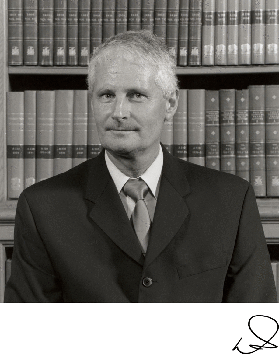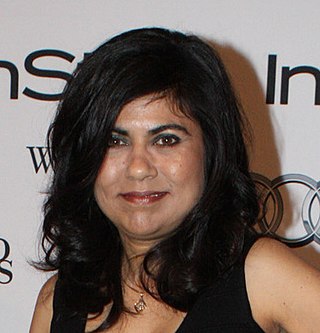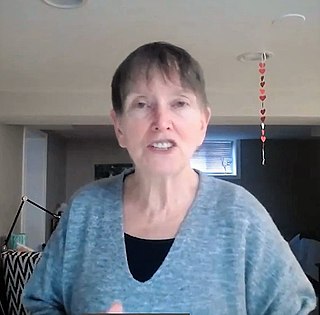
Material efficiency is a description or metric (Mp) (the ratio of material used to the supplied material) which refers to decreasing the amount of a particular material needed to produce a specific product. Making a usable item out of thinner stock than a prior version increases the material efficiency of the manufacturing process. Material efficiency goes hand in hand with Green building and Energy conservation, as well as other ways of incorporating Renewable resources in the building process from start to finish.

Plastic recycling is the processing of plastic waste into other products. Recycling can reduce dependence on landfill, conserve resources and protect the environment from plastic pollution and greenhouse gas emissions. Recycling rates lag those of other recoverable materials, such as aluminium, glass and paper. Through 2015, the world produced some 6.3 billion tonnes of plastic waste, only 9% of which has been recycled, and only ~1% has been recycled more than once. Additionally, 12% was incinerated and the remaining 79% sent to landfill or to the environment including the ocean.

Concrete recycling is the use of rubble from demolished concrete structures. Recycling is cheaper and more ecological than trucking rubble to a landfill. Crushed rubble can be used for road gravel, revetments, retaining walls, landscaping gravel, or raw material for new concrete. Large pieces can be used as bricks or slabs, or incorporated with new concrete into structures, a material called urbanite.

The California Department of Toxic Substances Control is an agency of the government of the state of California which protects public health and the environment from hazardous waste. DTSC is part of the California Environmental Protection Agency, with one thousand employees, and is headquartered in Sacramento. As of 2023, DTSC has regional offices in Berkeley, Chatsworth, Clovis, Commerce, Cypress, El Centro and San Diego and environmental chemistry laboratories in Berkeley and Pasadena. Meredith Williams has served as the director of DTSC since 2019.

Anthony Glyn Evans was Alcoa Professor of Materials, professor of Mechanical Engineering, director of the Center for Multifunctional Materials and Structures and co-director for the Center for Collaborative Engineering Research and Education at the University of California, Santa Barbara, United States.
Recycling can be carried out on various raw materials. Recycling is an important part of creating more sustainable economies, reducing the cost and environmental impact of raw materials. Not all materials are easily recycled, and processing recyclable into the correct waste stream requires considerable energy. Some particular manufactured goods are not easily separated, unless specially process therefore have unique product-based recycling processes.

A circular economy is a model of production and consumption, which involves sharing, leasing, reusing, repairing, refurbishing and recycling existing materials and products for as long as possible. CE aims to tackle global challenges such as climate change, biodiversity loss, waste, and pollution by emphasizing the design-based implementation of the three base principles of the model. The three principles required for the transformation to a circular economy are: designing out waste and pollution, keeping products and materials in use, and regenerating natural systems." CE is defined in contradistinction to the traditional linear economy. The idea and concepts of circular economy (CE) have been studied extensively in academia, business, and government over the past ten years. CE has been gaining popularity because it helps to minimize emissions and consumption of raw materials, open up new market prospects and, principally, increase the sustainability of consumption and improve resource efficiency.

Cotton recycling is the process of converting cotton fabric into fibers that can be reused into other textile products.

Veena Sahajwalla is an inventor and Professor of Materials Science in the Faculty of Science at UNSW Australia. She is the Director of the UNSW SM@RT Centre for Sustainable Materials Research and Technology and an Australian Research Council Laureate Fellow.
Bhakta B. Rath is an Indian American material physicist and head of the Materials Science and Component Technology of the United States Naval Research Laboratory (NRL), the corporate research laboratory for the United States Navy and the United States Marine Corps. He is the chief administrative officer for program planning, interdisciplinary coordination, supervision and control of research and is the associate director of research for Materials Science and Component Technology at NRL.
Atul Harish Chokshi is an Indian materials scientist, metallurgical engineer and a professor at the Department of Materials Engineering of the Indian Institute of Science. He is known for his studies on high temperature deformation and failure of ceramic materials and is an elected fellow of all the three major Indian science academies viz. the National Academy of Sciences, India, Indian Academy of Sciences, and Indian National Science Academy as well as the Indian National Academy of Engineering. The Council of Scientific and Industrial Research, the apex agency of the Government of India for scientific research, awarded him the Shanti Swarup Bhatnagar Prize for Science and Technology, one of the highest Indian science awards for his contributions to Engineering Sciences in 2003.

Tresa M. Pollock is ALCOA Distinguished Professor of Materials at the Department of Materials, University of California, Santa Barbara. Pollock is internationally recognised in the development of new materials systems, including alloys, 3D characterisation of structure and properties, and development of integrated computation materials engineering.

Katherine T. Faber is an American materials scientist and one of the world's foremost experts in continuum mechanics, ceramic engineering, and material strengthening. Faber is the Simon Ramo Professor of Materials Science at the California Institute of Technology (Caltech). Currently, Faber is the faculty representative for the Materials Science option at Caltech. She is also an adjunct professor of Materials Science and Engineering at the McCormick School of Engineering and Applied Science at Northwestern University.

Oladele "Dele" Abiola Ogunseitan is a Nigerian public health researcher who is the University of California Presidential Chair at the University of California, Irvine. His research considers how toxic pollutants impact human and environmental health. He is an elected a Fellow of the American Association for the Advancement of Science.

W. Craig Carter is an American materials scientist, a POSCO Professor of Materials Science and Engineering at Massachusetts Institute of Technology. He is also a co-founder of the 24M Technologies Company.
Irene Jane Beyerlein is an American materials scientist who is the Mehrabian Interdisciplinary Endowed Chair at the University of California, Santa Barbara. She is a Fellow of the Materials Research Society.

Carol Anne Handwerker is an American materials scientist. She is the Reinhardt Schuhmann, Jr. Professor of Materials Engineering and Environmental and Ecological Engineering at Purdue University. She is a fellow of both The Minerals, Metals & Materials Society and the Materials Research Society.

Elsa A. Olivetti is an American materials scientist who is the Esther and Harold E. Edgerton Career Development Professor at the Massachusetts Institute of Technology. Olivetti studies the environmental and economic sustainability of materials.
David Dye is a Professor of Metallurgy at Imperial College London. Professor Dye specialises in fatigue and micromechanics of aerospace and nuclear materials, mainly Ni/Co superalloys, Titanium, TWIP steel, and Zirconium alloys.

Terence G. Langdon is a scientist and an academic. He is a Professor of Materials Science at the University of Southampton, and a Professor of Engineering Emeritus at the University of Southern California.















